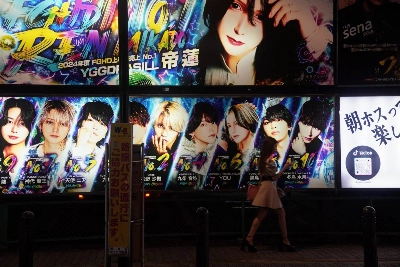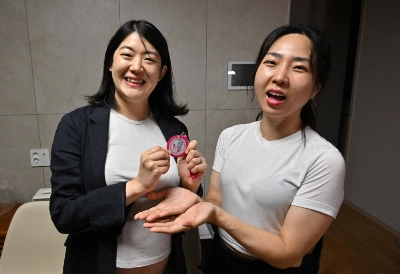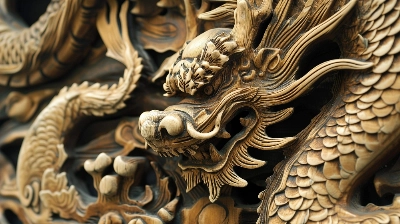Sumitomo Mitsui Trust Group’s asset management firm is aiming to become one of the top-three managers of Japanese mutual funds in five years by bolstering offerings to individuals, its new CEO has said.
The Tokyo-based finance firm is shooting for the higher ranking by driving up two of its funds’ total assets to more than ¥1 trillion ($6.5 billion) each, a portfolio level that only 11 other Japanese funds of its peers have reached as of Oct. 8, according to Morningstar Japan’s data. Sumitomo Mitsui Trust Asset Management’s holdings of Japanese investment trusts ranked seventh, data from the nation’s Investment Trusts Association at the end of August shows.
A bullish share market in Japan that’s seen benchmark indexes rise to record highs, and the popularity of tax-free savings accounts known as NISA have fueled high levels of cash inflows and the growth of large-scale funds. But total assets overseen by Japan’s biggest funds as a percentage of the overall market still lags equivalent overseas figures including the U.S., and there are about 5,800 mostly small funds often created to respond to brief trends, according to Investment Trusts Association data. Those factors suggest there’s scope for bigger Japanese funds to emerge.



















With your current subscription plan you can comment on stories. However, before writing your first comment, please create a display name in the Profile section of your subscriber account page.